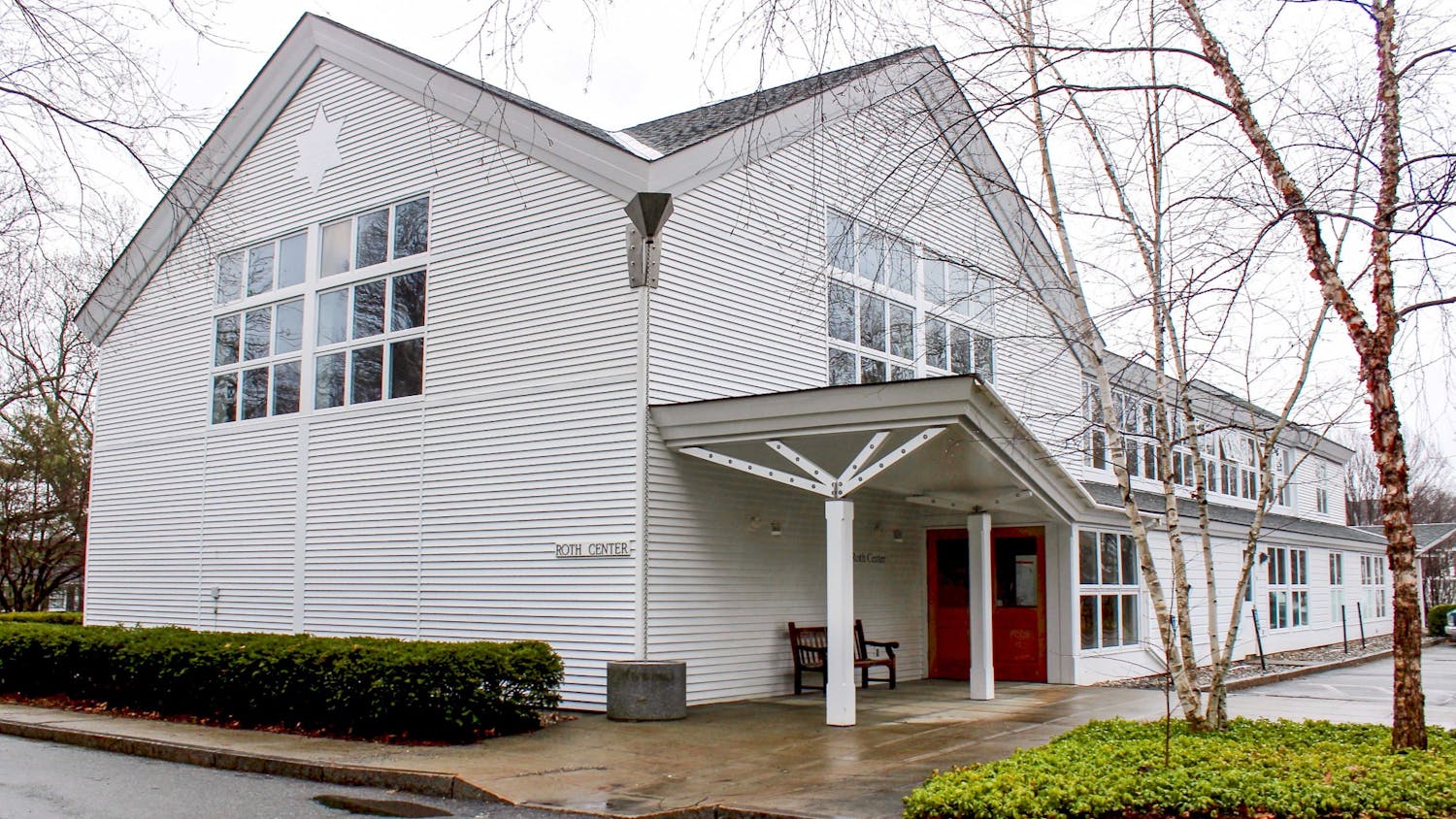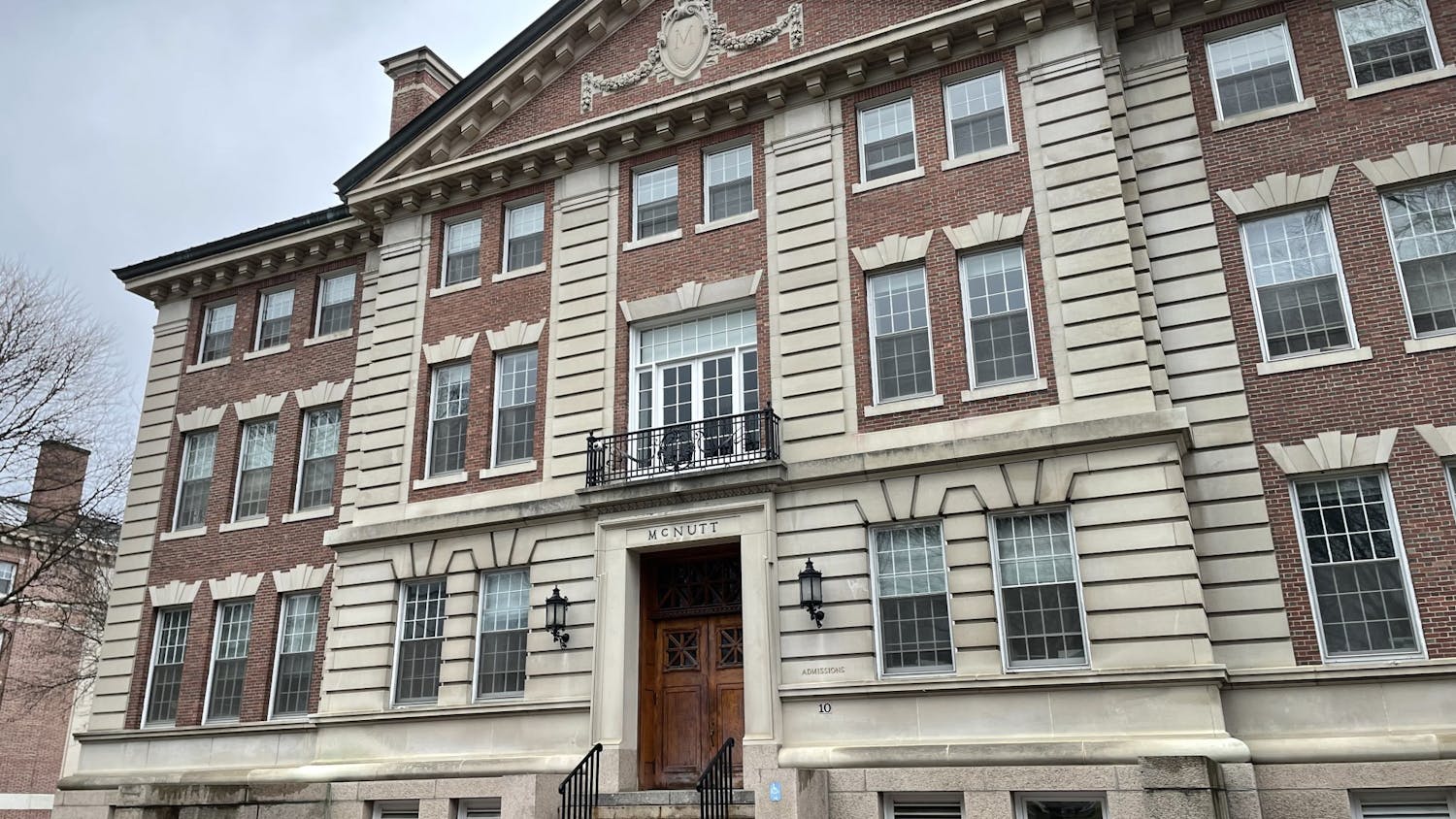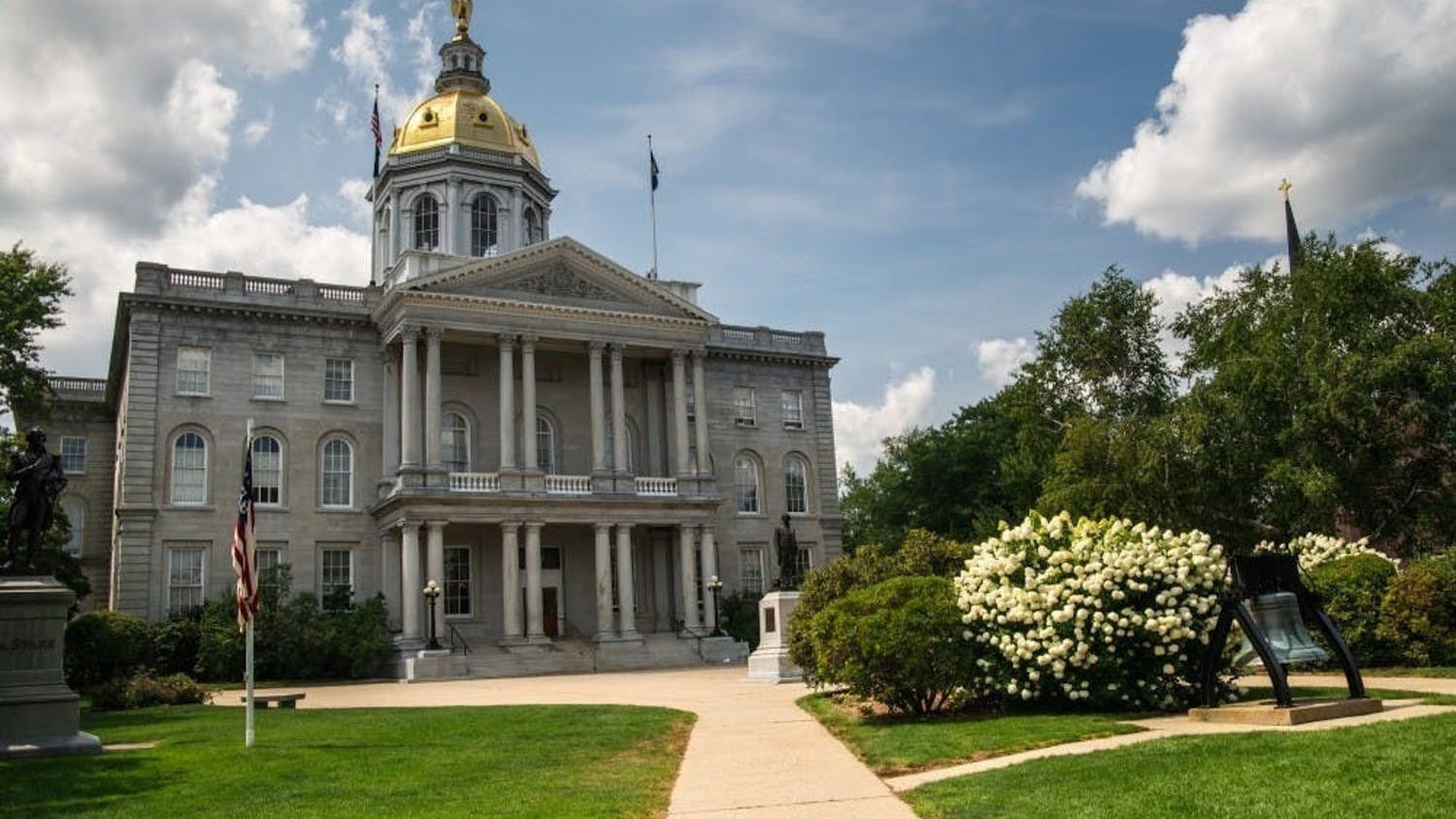A team of Dartmouth researchers collaborated with scientists from Michigan State University to investigate the mechanisms behind a “warming hole” found in the southeastern U.S., which produces a cooling effect in the region during the winter months. Their findings were recently published in the scientific journal Geophysical Research Letters.
The project began in the summer of 2016 as a first-year summer research project for Trevor Partridge, the study’s lead author and a second-year earth sciences doctoral student.
The research paper is part of a larger five-year project funded by the U.S. Department of Agriculture, according to geography professor Jonathan Winter, one of the paper’s co-authors. Winter said he learned about the project in 2014 through his connections at MSU, who were working on a proposal for a project that broadly addressed climate, nutrients and water-smart agriculture in the high plains of the central U.S.
“They asked me if I would be interested in doing the climate component of that … The proposal had a graduate student on it, so that’s when I [brought] in [Partridge],” Winter said.
Partridge said from an earth sciences perspective, he thought this was an interesting topic to study because the warming hole in the southeastern U.S. is “one of only two places in the world that have been cooling relative to the overall global warming, so it’s totally anomalous.”
Although scientists have extensively studied the warming hole for decades, Partiridge said the research team wanted to approach it from a different perspective. The research entailed analyzing temperature and precipitation data from weather stations across the U.S. between 1901 to 2015.
“What we wanted to do was to develop a way to come up with a more dynamic definition of the warming hole,” Partridge said.
The team found that during the summer and fall, the warming hall would move towards the Midwest, whereas in the winter it would shift towards the Southest. The study also found that natural climate variability patterns in the Pacific and Atlantic Oceans create a wavier jet stream, which allows cold air from the Arctic to dip down into the southeastern U.S. during the winter. These patterns occur when the warm air from the Pacific Ocean rises over the western U.S., which eventually sinks down in the eastern part of the country, causing a low-pressure system that pushes the cold Arctic air downwards, Partridge said.
“That’s not the case for the summer, fall and spring,” he said. “We can’t say conclusively, but our results are in line with some other recent work that suggests that [this] is a result of, potentially, agricultural practices in the Midwest.”
Earth sciences professor Erich Osterberg, another one of the study’s co-authors, described his role in the project as a climate dynamic specialist who examines the interaction of natural patterns in the ocean and the atmosphere with a particular focus on how changes in the ocean temperature can affect the jet stream.
“Once you affect the jet stream, you can change weather patterns really dramatically,” Osterberg said. “What I think is so interesting about this jet stream’s relationship with long term climate change is that [it] affects weather patterns so much that people actually notice it. Farmers notice it because their citrus crops get destroyed. People notice it just because, wait a minute, it normally doesn’t snow in Nashville.”
The research team did not come up with the name “warming hole,” Osterberg said. He said the term originated from maps that show changes in the temperature of the globe — these maps are mostly colored red because it is getting warmer everywhere else in the world except in the two “warming hole” regions.
“It’s a warming hole because it’s a hole in the warming,” Osterberg said. “You get this little blue hole, so it looks like a hole in the map. I think that’s probably where the name comes from.”
One of the possible implications of the warming hole phenomenon on communities in the Southeast is differing regional public opinion on climate change, according to Winter.
“[Since] people in the Southeast and Midwest have not experienced the same climate change as the rest of the world … they might be less impacted by it and less likely to believe [in] climate change because it has not impacted them personally,” Winter said.
He said that there is a complicated process that research findings must go through to reach policy makers. According to Winter, the paper would have to be filtered by the National Climate Assessment, a collection of U.S. agencies, which summarizes the state of the climate and climate change projections.
“Climate change is really a political issue at this point,” Winter said. “I don’t think anybody is going to change anybody’s mind based on good science — the science is already there. It’s been there for decades that climate change is a problem that we should be addressing, and then we are not addressing it.”
Winter said he hopes that this paper succeeds in explaining a very rare phenomenon, since only two places in the world have not seen the same warming as the rest of the earth.
Raising awareness about the existence of this warming hole also draws attention to the fact that global warming is not homogeneously happening across the surface of the earth, Partridge said.
Partridge plans to conduct follow-up research by looking at the mechanisms that may influence the warming hole phenomenon during the summer with a focus on agricultural practices, he said, adding that he will be working again with researchers from both Dartmouth and MSU.
“There’s a lot of interesting questions still to be asked,” Partridge said.



